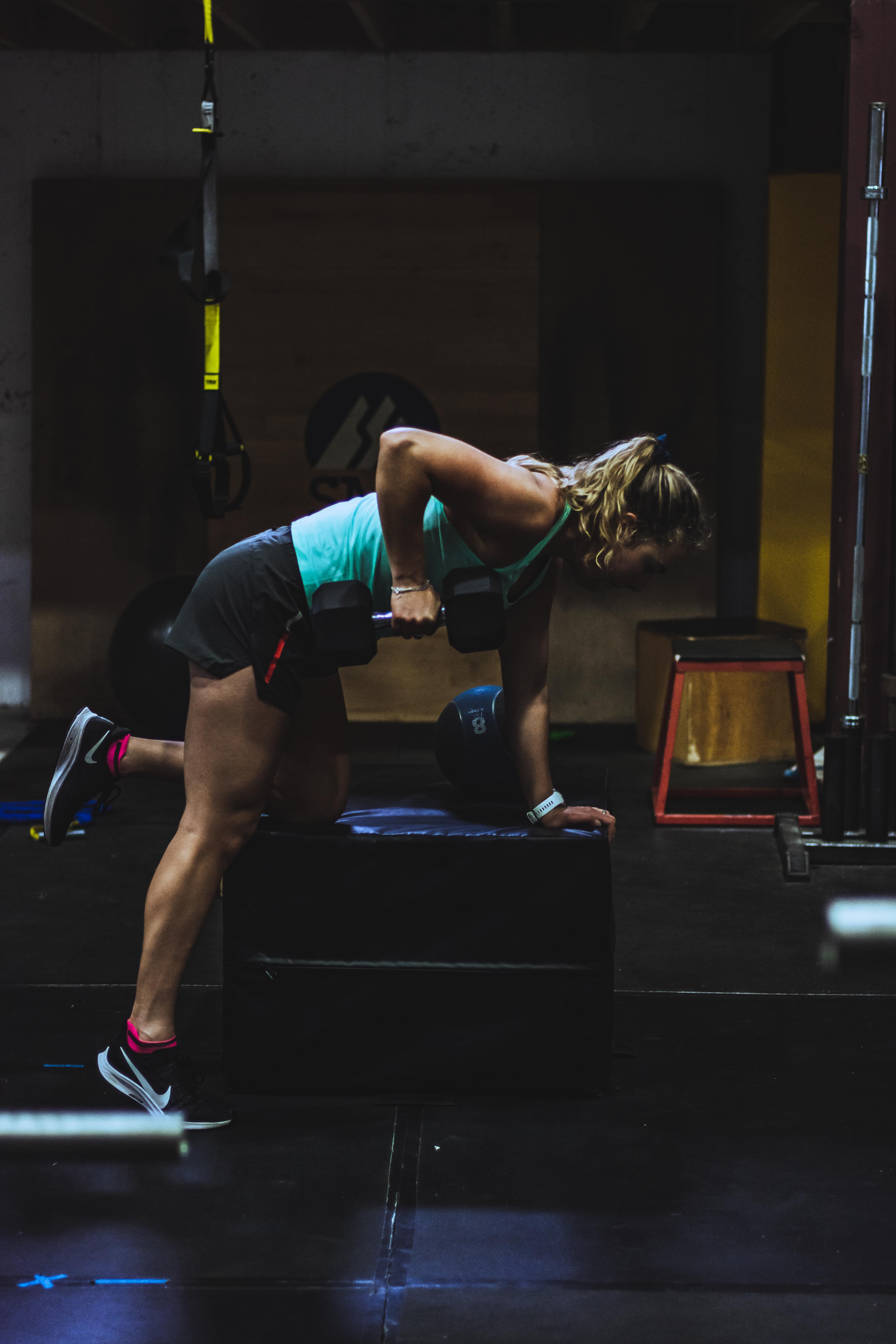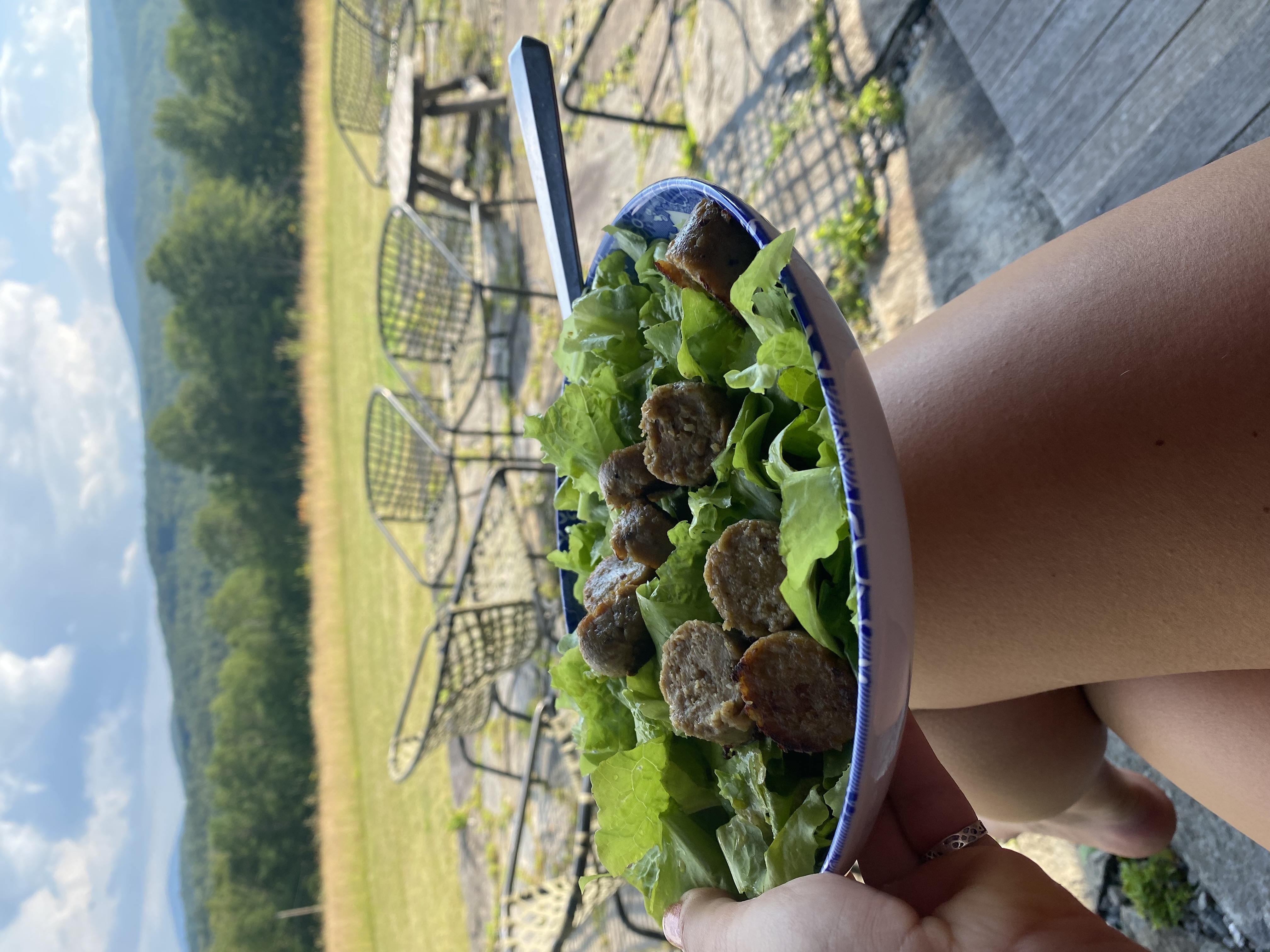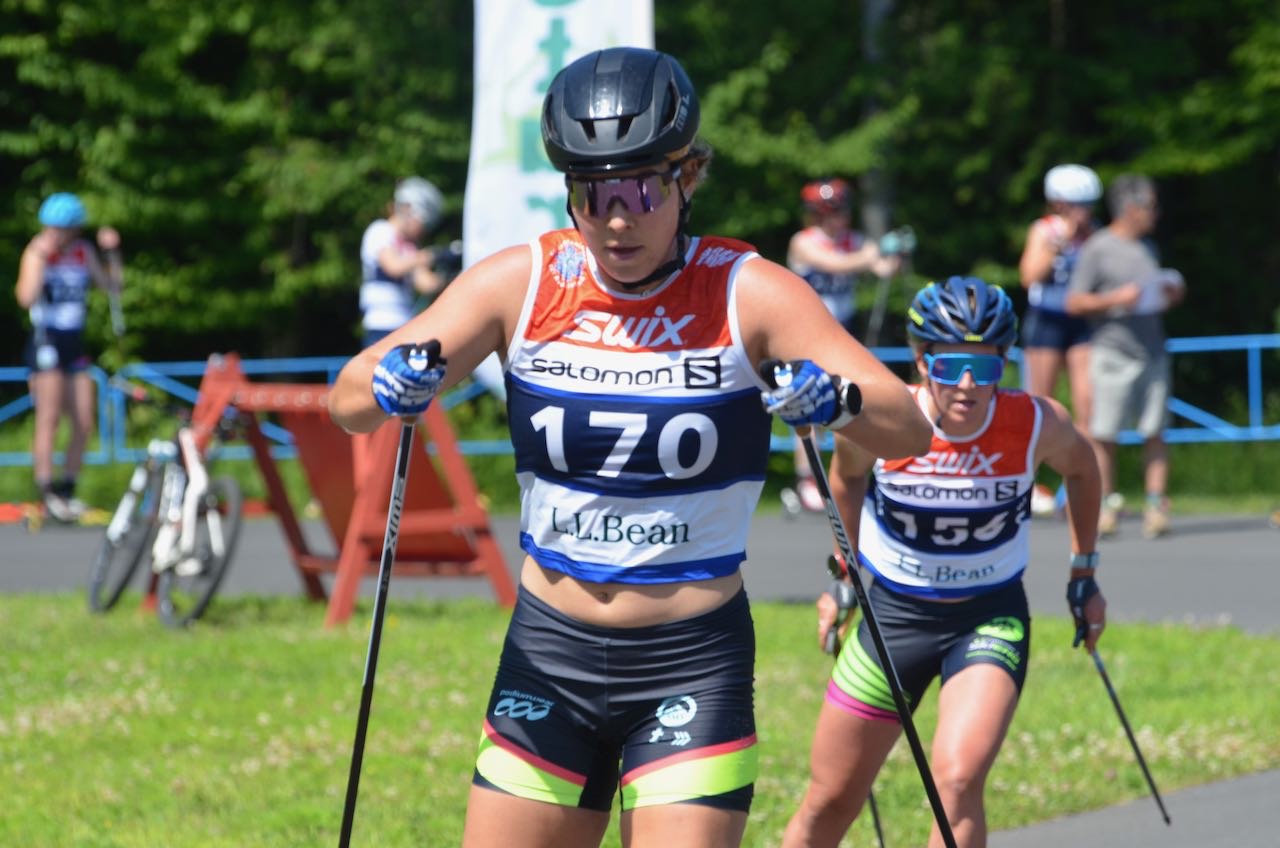Posted by Evelina Sutro on Aug 11th 2022
Pumping Iron and Drinking Iron...I've Been Doing a lot of Both
First off, I am not an expert and all the information I have gathered is from my personal experience and working with different doctors and dietitians. I am not the first female athlete to deal with this and will not be the last. I hope what I am sharing could be useful to other athletes that may or may not be impacted by low iron or ferritin levels.

(Getting strong in the gym, picture taken by Julia Kern)
As an endurance athlete staying on top of your health is one of the more important aspects in our sport. One way that you can track what’s going on inside your body is through a simple blood test. This can show a lot of what is maybe hard to notice or understand from the outside. For me, blood tests have been extremely useful in helping me track my iron and ferritin levels. Iron and ferritin are crucial for the transportation and storage of oxygen in the blood, and it is important for athletes to stay on top of this. Low iron and ferritin levels can sometimes be more of a factor for female athletes than male athletes solely because of menstruation, but males can still be impacted by low iron levels.
I have been struggling with keeping my ferritin levels up over the past few years. My iron levels have shown to be normal, but my ferritin levels have been very low. The issue with these two values on my blood tests have led to my ferritin levels being overlooked by the normal iron values. I personally never felt super exhausted during training or daily activities but working with my coach we notice that things were off, and I couldn’t give 100% in training.
Having low iron or ferritin levels is common and could happen to any athlete. I want to share with you my experience and some methods that I have used to help boost my blood levels and put me in a place that allows me to fully get what I want out of training.
I had been going back and forth using different iron supplements, but with some more blood tests I realized this was not helping as much as I was hoping. I started taking liquid iron and making some bigger adjustments to my diet. I also take my iron with vitamin C, which helps iron absorption. Some foods that I have been diligent about including are, leafy greens (spinach in particular), red meat, white beans, and kidney beans. There are lots of athletes that don’t eat meat and don’t struggle with low iron levels, so it is important to figure out what works best for you. There are some foods that are not great for iron absorption that I try to avoid such as caffeine and dairy products. To be completely honest the liquid iron is not the easiest on the stomach and took some getting used to. I did try to go back to iron pill supplements and after one month my levels had dropped again, which shows how individual this can be. This is unfortunately not something that is fixed overnight, and I will continue to monitor and help my body.

(Eating those greens!)
Looking back at how my body has been feeling during these adjustments, it wasn’t until around 6 months after I started the liquid iron that I started feeling like there was some more fuel in the tank.
This seems to be doing the trick for me as my ferritin levels have slowly been climbing. I am lucky to have people around me with lots of knowledge and support to help me. Everyone is different and things that have worked for me, might not work for others. Getting a blood test can be helpful and I would recommend this if you have felt like there is something going on with your body. Talking to your doctor is a good starting point on where and how to get a blood test.

(Racing in Crafsbury a few weeks ago, picture taken by Paul Bierman)
Having a strong healthy body allows me to stay strong in the gym and keep pumping that iron!

